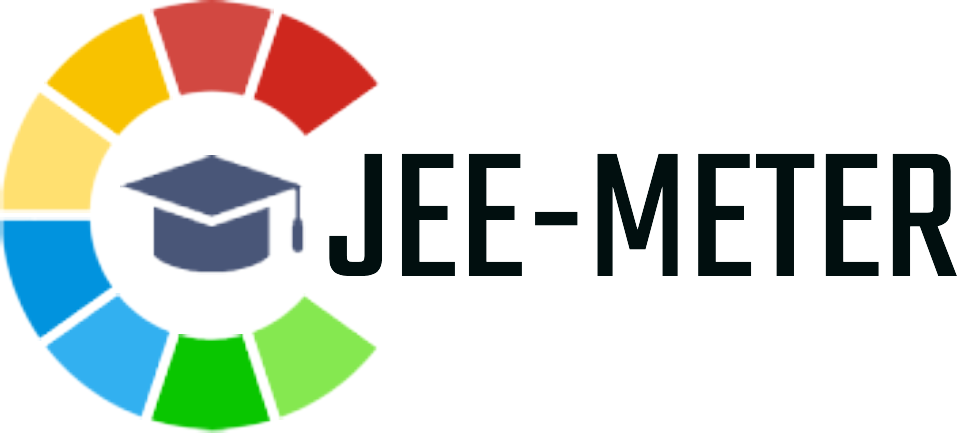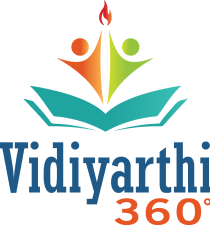|
Features
|
Details
|
|
Exam Name
|
National Aptitude Test in Architecture (NATA)
|
|
Conducted By
|
Council of Architecture (CoA)
|
|
Purpose
|
The NATA (National Aptitude Test in Architecture) is conducted for admission to undergraduate architecture programs (B.Arch) in various colleges across India.
|
|
Exam Sessions
|
NATA is conducted multiple times a year, usually in three sessions
|
|
Application Mode
|
Online
|
|
Steps of Application
|
- Registration: Visit the official website nata.in and create an account.
- Fill Application Form: Enter personal details, academic qualifications, and exam preferences.
- Upload Documents: Upload a recent photograph, signature, and required documents.
- Fee Payment: Pay the application fee through credit/debit card, net banking, or UPI.
- Print Confirmation: Download and print the confirmation page for future reference.
|
|
Application Fees
|
For Single Attempt:
- General/OBC (India): ₹1,750
- SC/ST/PwD (India): ₹1,500
- International Candidates: ₹10,000
For Two Attempts:
- General/OBC (India): ₹3,250
- SC/ST/PwD (India): ₹2,750
- International Candidates: ₹18,000
For Three Attempts:
- General/OBC (India): ₹4,500
- SC/ST/PwD (India): ₹4,000
- International Candidates: ₹25,000
|
|
Payment Mode
|
Online through debit card, credit card, or net banking
|
|
Eligibility Criteria
|
To appear for the National Aptitude Test in Architecture (NATA), candidates must fulfill the following eligibility requirements:
1. Educational Qualification:
- Candidates must have passed or be appearing in Class 12th or equivalent examination with Mathematics as a compulsory subject.
- Diploma holders (10+3) with Mathematics as a subject are also eligible.
2. Minimum Marks Required:
- General Category: Minimum 50% aggregate marks in Physics, Chemistry, and Mathematics (PCM) and overall in 12th grade.
- SC/ST/OBC/PwD: Relaxation in minimum marks as per government norms.
3. Age Limit:
- No specific age limit, but candidates must meet the age criteria for admission to B.Arch courses as set by the respective institutes.
4. Number of Attempts:
- Candidates can attempt NATA multiple times in a year, with the best score considered for admission.
|
|
Mode of Exam
|
Mode: Online (Computer-Based Test)
Drawing Test: Conducted in offline mode (paper-based)
Type of Exam: Aptitude-based test for architecture admissions
|
|
Medium of Exam
|
English only
|
|
Duration of Exam
|
3 hours (180 minutes)
|
|
Types of Questions
|
- Multiple-Choice Questions (MCQs) – Candidates select the correct answer from given options.
- Multiple Select Questions (MSQs) – More than one correct option can be chosen.
- Numerical Answer Type (NAT) Questions – Requires candidates to enter a numerical value as an answer.
- Match the Following – Candidates match corresponding items from two lists.
- Drawing Questions – Assesses creativity, visualization, and sketching skills (conducted in offline mode).
- Cognitive & Logical Reasoning Questions – Includes pattern recognition, visual reasoning, and analytical skills.
|
|
Papers
|
The NATA exam consists of a single paper that evaluates candidates on two key aspects:
- Cognitive Skills & Drawing Ability (Part A)
- Scientific & General Aptitude, Logical Reasoning, and PCM (Part B)
|
|
Exam Pattern
|
Part A: Cognitive & Drawing Skills
- 3 Questions
- Marks per question: 17, 18, 19
- Total Marks: 53
Part B: PCM, General Aptitude, Logical Reasoning (MCQs)
- 47 Questions
- Marks per question: 1.5
- Total Marks: 70
Overall Structure
- Total Questions: 50
- Total Marks: 200
|
|
Syllabus
|
Part A: Drawing & Visual Composition
- Drawing & Sketching: Geometrical shapes, perspective drawing, 3D composition
- Composition & Aesthetics: Color theory, visual harmony, contrast
- Creativity & Imagination: Conceptual sketches, graphical representations
- Architectural Awareness: Famous buildings, architects, basic architectural terminology
Part B: PCM, General Aptitude & Logical Reasoning
- Mathematics (Class 10 & 12 Level)
- Algebra, Logarithms, Matrices
- Trigonometry, Coordinate Geometry
- Statistics, Probability, Calculus
- Physics
- Laws of Motion, Work, Energy, Power
- Electrostatics, Current Electricity
- Kinematics, Thermodynamics
- Chemistry
- States of Matter, Structure of Atom
- Equilibrium, Thermodynamics
- Organic & Inorganic Chemistry Basics
- General Aptitude
- Logical & Analytical Reasoning
- Interpretation of Graphs & Diagrams
- Mental Ability, Data Sufficiency
- Logical Reasoning
- Series, Coding-Decoding
- Syllogism, Blood Relations
- Direction Sense, Analogies
-
|
|
Marking Scheme
|
Part A: Drawing & Composition (Paper-Based Test)
- Total Marks: 125
- Number of Questions: 3
- Marking Scheme:
- Question 1: 25 Marks
- Question 2: 25 Marks
- Question 3: 75 Marks
- Negative Marking: No
Part B: PCM, General Aptitude & Logical Reasoning (Online Test)
- Total Marks: 75
- Number of Questions: 50
- Marking Scheme:
- Mathematics (15 Questions) – 22.5 Marks (1.5 Marks per Question)
- Physics & Chemistry (15 Questions) – 22.5 Marks (1.5 Marks per Question)
- General Aptitude & Logical Reasoning (20 Questions) – 30 Marks (1.5 Marks per Question)
- Negative Marking: No
Total Marks for NATA Exam: 200 Marks
|
|
Preparation Tips
|
1. Understand the Syllabus & Exam Pattern
- Go through the official syllabus for Drawing, Mathematics, Physics, Chemistry, General Aptitude, and Logical Reasoning.
- Familiarize yourself with the marking scheme and types of questions asked.
2. Focus on Drawing Skills
- Practice freehand sketching, perspective drawing, shading techniques, and 3D compositions.
- Work on visualization skills and improve creativity & imagination.
- Maintain a sketchbook and practice different types of structures, landscapes, and human figures.
3. Strengthen General Aptitude & Reasoning
- Solve puzzles, riddles, and pattern-based questions.
- Improve your spatial reasoning and architectural awareness by studying famous buildings and monuments.
- Practice mathematical calculations for quick problem-solving.
4. Master Mathematics, Physics & Chemistry
- Focus on basic concepts in Algebra, Trigonometry, Geometry, and Calculus.
- Revise important formulas in Physics and Chemistry.
5. Solve Mock Tests & Previous Year Papers
- Attempt past question papers to understand the difficulty level.
- Take online mock tests to improve speed and accuracy.
- Analyse mistakes and work on weak areas.
6. Manage Time Effectively
- Allocate specific time slots for drawing practice, theory subjects, and mock tests.
- Develop a time strategy to complete questions within the exam duration.
7. Improve Observation Skills
- Study perspective, proportions, color schemes, and aesthetics in daily surroundings.
- Analyse architectural structures, building plans, and natural elements for better visualization.
8. Stay Updated with Current Trends
- Read about modern architecture, famous architects, and new design trends.
- Follow design magazines, architecture blogs, and online resources for inspiration.
9. Stay Consistent & Confident
- Maintain a daily study schedule and practice regularly.
- Stay calm and focused during the exam.
- Get proper rest and avoid last-minute cramming.
10. Take Guidance from Experts
- Join coaching classes or online courses for structured preparation.
- Take feedback from mentors or professional architects to improve your sketches.
|
|
Helpline numbers
|
- +91 9560707764
- +91 9319275557
- +91 11-49412100
|
|
Official Website
|
nata.in
|






 Home
Home Find Colleges
Find Colleges Contact
Contact Latest News
Latest News



